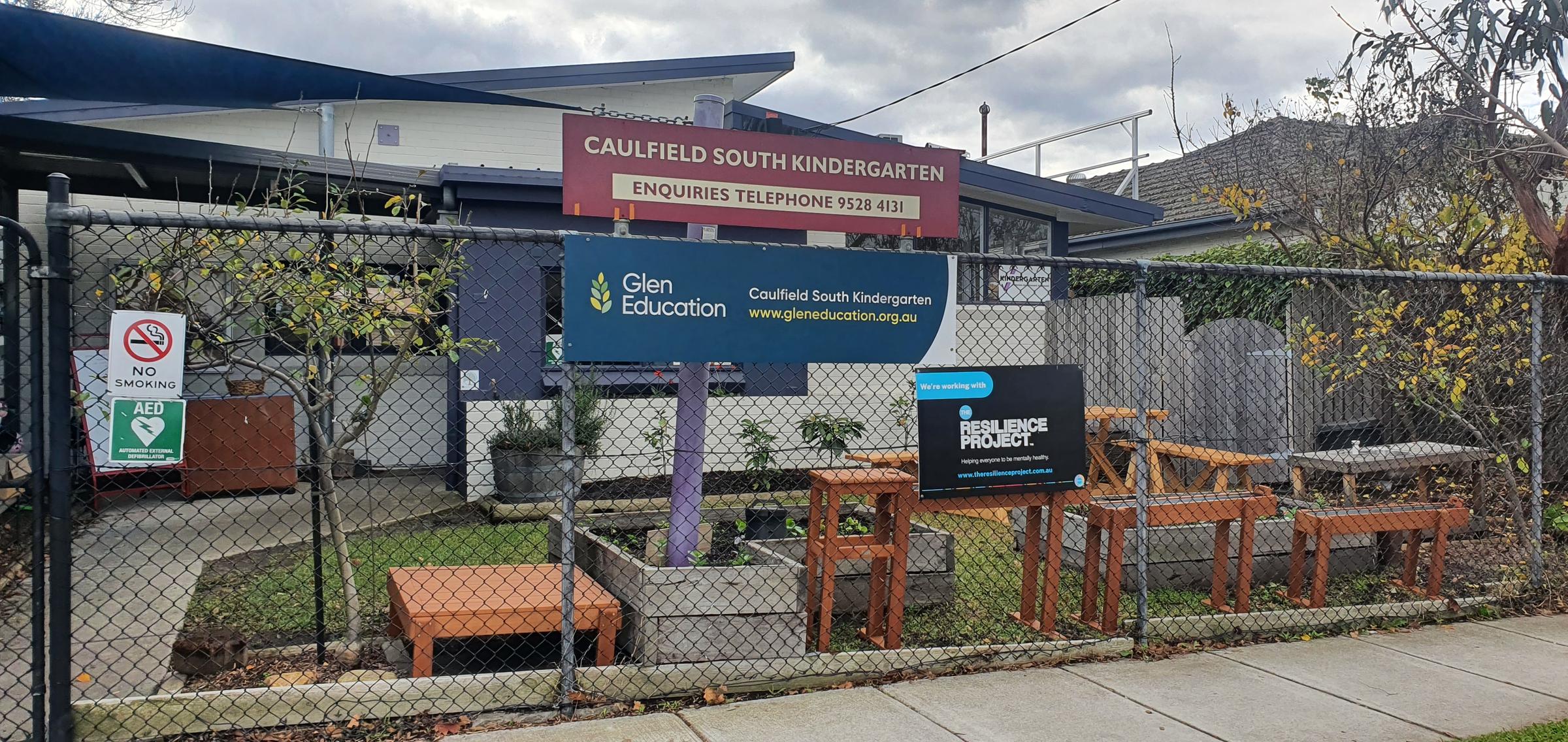Glen Education Caulfield South

Taking Safe Risks
Junko Mackowiak, Early Childhood Teacher
Ensuring the safety and well-being of our kindergarten children is paramount to their learning experience. Our sessions emphasise safety rules and we conduct regular emergency evacuation practices, including lockdown and lockout procedures. These practices are scheduled once a term and offer opportunities for intentional teaching.
"Educators are intentional in all aspects of the curriculum and act deliberately, thoughtfully and purposefully to support children’s learning through play. They recognise that learning occurs in social contexts and that joint attention, interactions, conversations and shared thinking are vitally important for learning." (ELYF v2.0, 2022, p22).
An evacuation drill supports children to learn how stay safe together.
As we gathered on the carpet during group time, I explained why evacuation drills are important. We told the children that by practising what to do in an emergency, we could stay calm and learn how to keep ourselves safe. The children listened attentively, eager to learn.
During discussions, the children were encouraged to share their understanding of what to do in an emergency. These are some of their ideas: listening to teacher instructions, stopping activities immediately, remaining calm, and acting swiftly without bringing belongings.
Once our discussion had concluded, we sounded the whistle and started the emergency evacuation drill. Some children looked around nervously, so we reassured them and reminded them what to do, "We stay calm and listen to the teacher's instructions."
"Educators are attuned to, and actively listen to, children so they can respond in ways that build relationships and support children’s learning, development and wellbeing" (ELYF v2.0, 2022, p21).
After evacuating the building, we assembled on the mat, and we completed a roll-call of the children to ensure everyone was safe and accounted for. Then, we reflected on our experience. We shared what we had learnt and how we felt during the drill. Some children said they felt a little scared initially, but they remembered what to do because we discussed the practice. Others said they felt proud to be part of a team and help each other stay safe.
As we talked, we realised that practising evacuation drills teaches us how to stay safe and strengthens our friendship and trust in each other. We praised the children for their excellent behaviour and also reminded them that practising drills helps them prepare for any situation. The reflection was an integral part of the process, enabling the children to "learn about their responsibilities to others, to support their own and others’ wellbeing, to appreciate their connectedness and interdependence as learners, and to value collaboration and teamwork." (EYLF V2.0, 2022, p14).
The success of our first evacuation drills this year across all groups reflects the children's attentiveness and readiness to respond effectively. Their positive engagement underscores their understanding and adherence to safety protocols, ensuring a secure learning environment.
Teaching kindergarten children about safety and utilising intentional methods is crucial for several reasons:
Risk Awareness: Children need to recognise potential dangers in their environment. Intentional teaching, like evacuation practice, helps them identify hazards and respond appropriately.
Emergency Preparedness: Educating children about safety procedures, including evacuation drills, prepares them to handle real-life emergencies calmly and effectively.
Empowerment: Learning safety measures gives children a sense of control, boosts confidence, and reduces anxiety during emergencies.
Life Skills Development: Intentional teaching during evacuation practice teaches essential life skills such as teamwork and problem-solving, applicable in emergencies and daily life.
Establishing Safe Habits: Teaching safety helps instil lifelong habits that promote well-being and empowers children to assess risk.
Community Engagement: Involving teachers, families, and staff in evacuation drills fosters a sense of community responsibility and ensures everyone knows emergency procedures for effective crisis management.
Teaching children about safety through intentional methods like evacuation practice is essential for their well-being, confidence, and long-term safety. Educators and caregivers play a crucial role in helping children navigate their environment safely by instilling these lessons early on. We look forward to continued collaboration and shared achievements in the upcoming terms.
